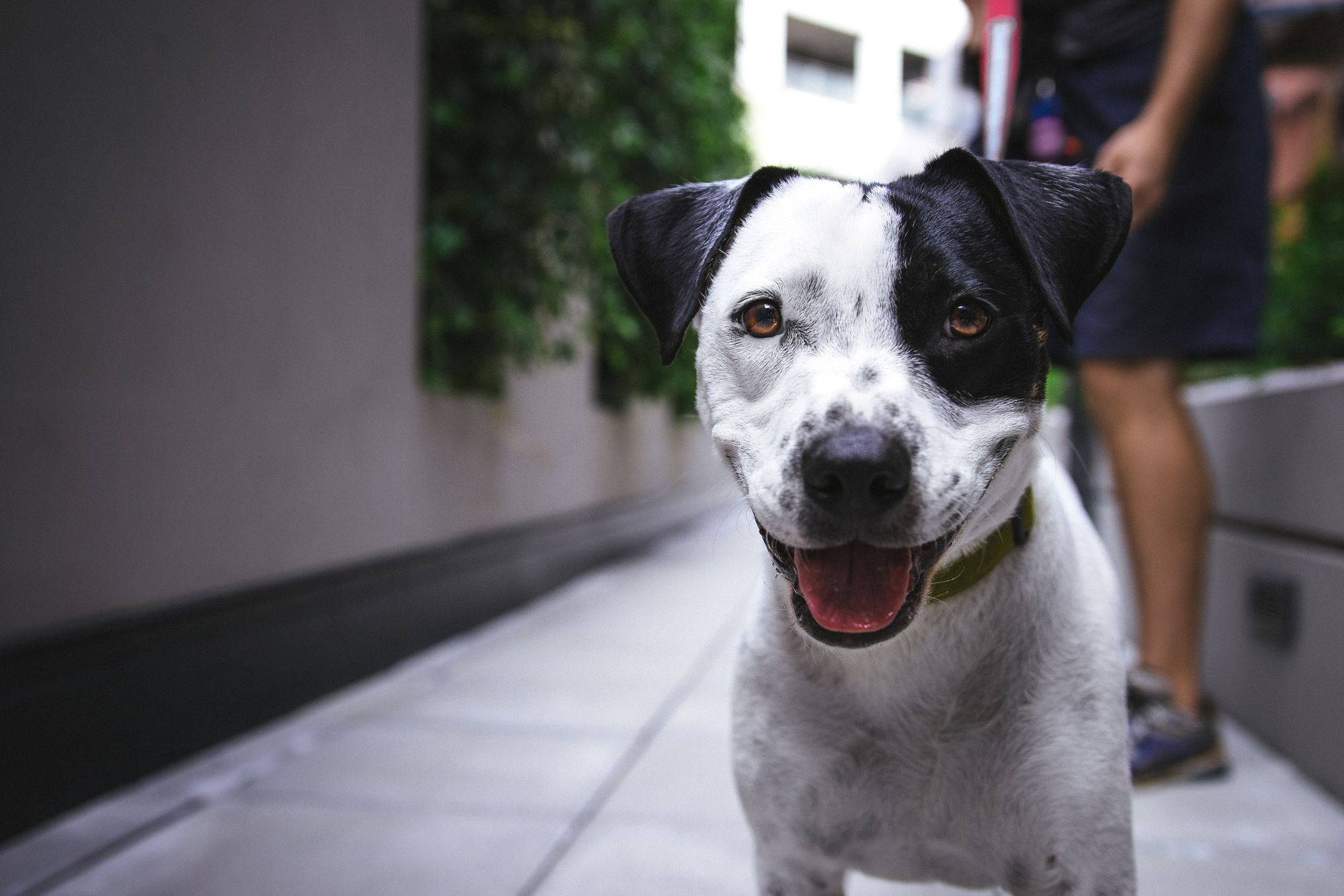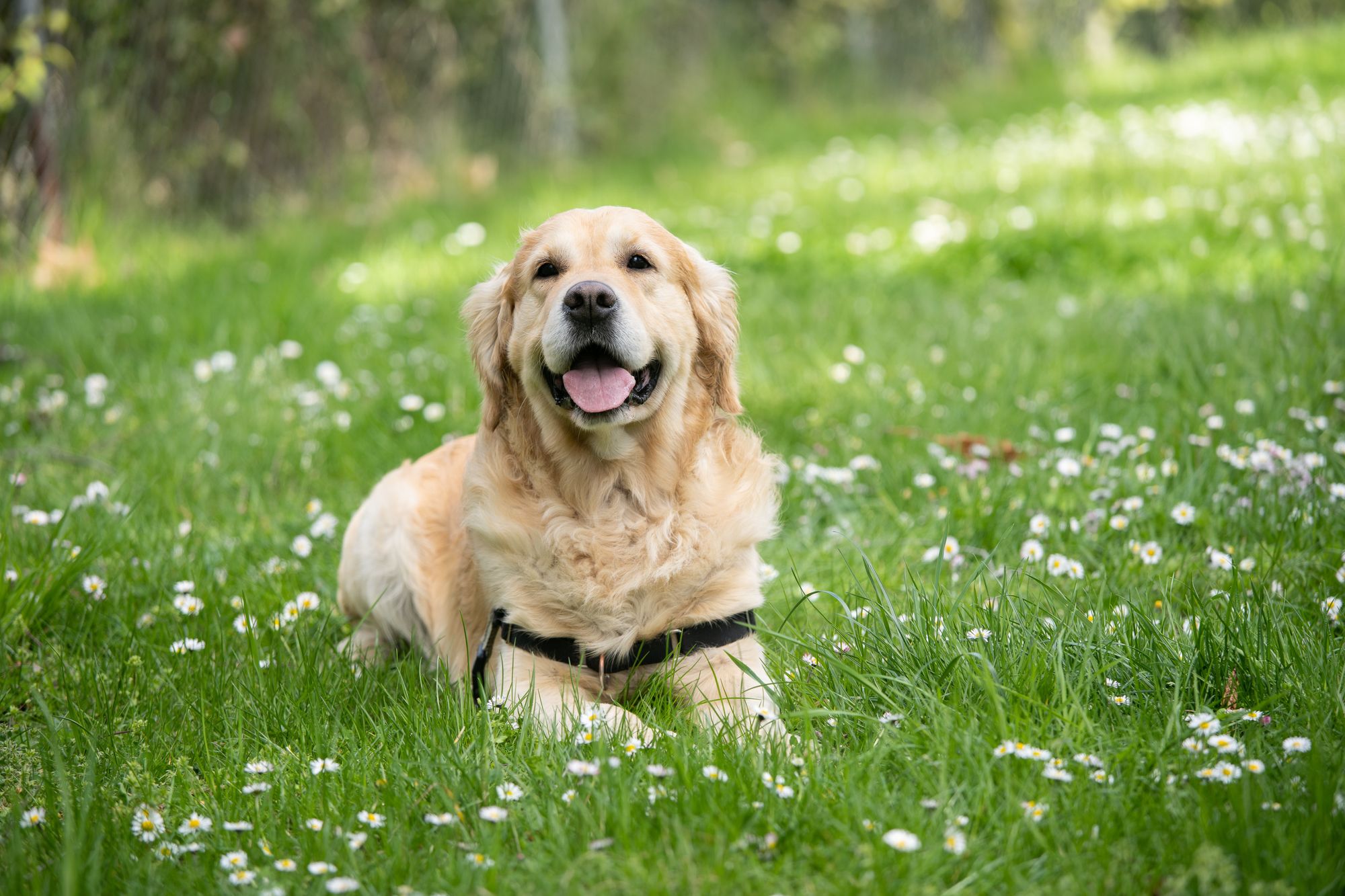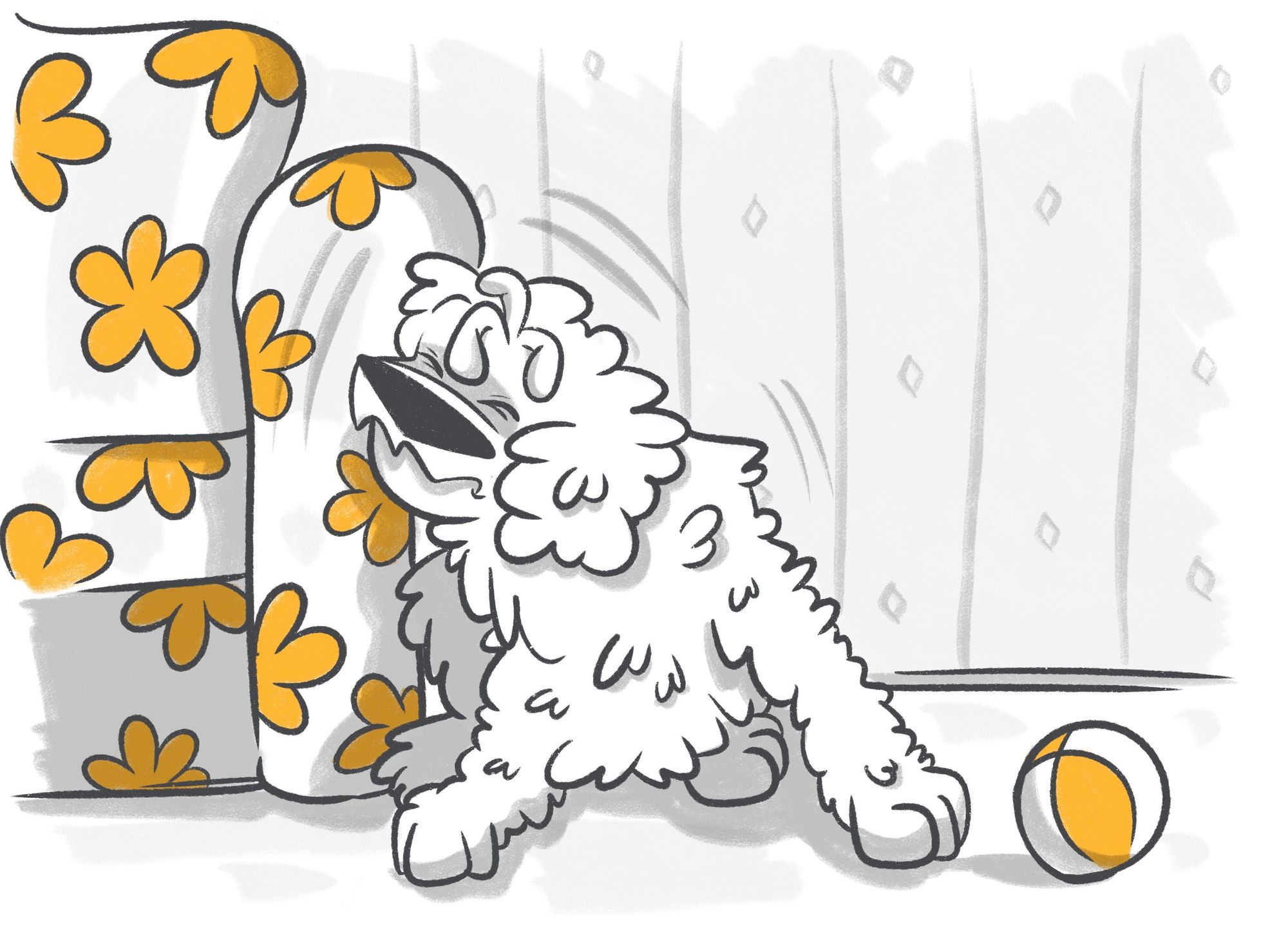If your canine family member seems to have a 'weird' thing going on with their skin, it could be the case that they have an infection. These can be quite common in some dogs and are relatively easy to treat for the most part. Why don't we look at the 7 most common dog skin infections and when you should REALLY worry about them?
Content:
- Dog Skin Infections: When Should You Go to the Vet
- The Most Common Types of Dog Skin Infections
- Checklist for Checking Dogs' Skin
- FAQ
Dog Skin Infections: When Should You Go to the Vet
You will want to speak about your canine companion's skin infection as soon as it becomes a problem. This can mean different things to different dogs. If the skin infection or skin complaint causes any of the following, it's time to book an urgent appointment:
- bald patches (fur loss);
- red, angry, and inflamed skin;
- oozing pus;
- rashes;
- dry skin that won't go away;
- refusing to lick or groom;
- lethargy;
- difficulty walking (limping);
- stiff limbs and muscles.
Petcube's Emergency Fund is great for unexpected pup emergencies, especially with the online vet consultation. You can explain all your symptoms to a fully qualified, licensed, and trained vet and receive advice on what you should do next. If you don't need a vet appointment, you will be informed of that. Likewise, if you do.
For less than $1 per day, can you really afford not to have 24/7 vets at the touch of a button plus $3,000 worth of emergency pet care for up to six of your furry friends per year?
The Most Common Types of Dog Skin Infections

Some skin conditions aren't infections, but they can mimic them. Minor skin complaints can also turn into major infections if they are not diagnosed and treated in a timely manner. To avoid that, compare your pup's symptoms with the symptoms of these seven common dog skin infections:
Dandruff
Can dogs get dandruff? According to Whitney Veterinary Hospital, yes, they can. For some dogs, it's considered relatively normal.
Several things can cause dandruff, including over-bathing, a lack of grooming, stress, obesity, fast weight loss/gain, fungal and/or bacterial infections, fleas and mites, an incorrect diet, allergies, and more.
Symptoms
- Flaking skin;
- Very dry skin.
Seborrhea
Your dog's skin naturally produces something called sebum, released from the sebaceous glands. In moderate amounts, this sebum helps keep your pup's skin from dying out and keeps it nourished and healthy. When the glands produce too much or too little, however, problems can arise.
These come in the form of seborrhea sicca (too little) and seborrhea oleosa (too much).
Symptoms
- Fur loss;
- Flaking skin;
- Itching;
- Patches of thickened skin;
- Swollen, inflamed, or red skin patches;
- Odd smell (often described as yeast-like).
Yeast Infections
This is another skin complaint that comes with an unpleasant dog skin yeast infection smell. Yeast infections can't be passed from one dog to another. The infection is borne by naturally occurring yeast on your dog's skin.
Several things can trigger an abundance of yeast on the skin, including changes to doggy bathing products, food, and detergent for bed washing; sweaty skin folds in dogs such as bulldogs, pugs, and shar-peis; and medical conditions like seborrheic dermatitis.
Yeast infections can be a bit tricky to pick up when you're not at home, but investing in one of Petcube's interactive pet cameras means that you can always keep an eye on your beloved pets. You'll pick up on weird behaviors, such as excessive scratching or grooming, and you'll make sure your furry friends keep themselves out of trouble. Well... sort-of.
Symptoms
- Scratching;
- Overgrooming/licking;
- Biting their own skin;
- Red skin;
- Flaky skin;
- Weeping sores/skin;
- Yeast-like smell.
Hot Spots
What is a hot spot on a dog? It is literally a hot spot on the dog's skin. Known medically as acute moist dermatitis, it usually starts out quite small, almost like a bump or a small bug bite or sting. It soon grows, though. They usually get larger, redder, more inflamed, and more painful for your dog.
If you believe your pup has a hot spot, you should make an urgent appointment with your vet. There is often an underlying cause, which will need to be treated to effectively treat the symptoms—the hot spot itself.
Symptoms
- Bright red skin;
- Moist skin;
- Weeping sores or skin (indicating an infected hot spot on the dog);
- Fur loss;
- Constant scratching, licking, or biting at the area.
Staph Infection
Staph is a shortened version of Staphylococcus, which is a type of bacteria that can be naturally found on the skin of humans, dogs, and other animals. Most of the time, the bacteria don't do anything bad. Every now and then, however, a small opening on the skin, such as a cut or graze, will allow the Staph bacteria to get inside the bloodstream and body.
Read more: Dog Wounds: How To Heal A Dog Wound Fast
That's when it can cause issues, such as a skin staph infection in dogs.
Symptoms
- Constant scratching, licking, or biting, especially in one particular area;
- Fur loss;
- Red skin;
- Inflamed skin;
- Weeping sores;
- High temperature;
- Change to appetite and drinking habits;
- Disinterest in activities;
- Extreme tiredness;
- Flaky, peeling, and crusty skin.
Folliculitis
As you might have guessed from the name, folliculitis affects the hair follicles of dogs (plus other animals and humans). Usually this is due to a problem with the bacteria, such as too much (overgrowth) or an infection.
Allergies, hormone-related conditions, diet, fleas, injury, and other causes have all been noted.
Symptoms
- Flaky, peeling, and crusty skin;
- Red skin;
- Constant itching;
- White (pus) or red spot-like lumps;
- Discoloration;
- Fur loss;
- Inflamed skin.
Pyoderma
Pyoderma is essentially the doggy version of acne or zits. Another complaint caused by a bacterial infection is pyoderma, of which there are two types: deep pyoderma and superficial pyoderma. The former infects the hair root, and the latter only infects the skin's upper layer.
Pyoderma in dogs can be caused by a poor diet, certain medications, constant scratching, fungal skin infections, parasites (ticks, fleas, mites, etc.), allergies, and more.
Symptoms
- Inflamed skin ;
- Dry skin;
- Flaky, peeling, and crusty skin;
- White (pus) or red spot-like lumps;
- Red skin.
Read more: Dog Acne: Can Dogs Get Pimples?
Checklist for Checking Dogs' Skin

- Check the skin. It should be pink and not too moist or dry.
- Does your dog have fleas, ticks, mites, or other parasites? When was the last time you had them treated?
- Can you feel any lumps that weren’t there before or feel unusual?
- How does your dog’s fur look? It should be glossy, not tangled, and nice to touch. (For most breeds.)
- Is your dog showing any signs of fur loss?
- Has your dog been biting, scratching, or grooming a lot? Has their attention been focused on one area?
- How does your dog react when you do these things? If they growl, whimper, or snap when you get to one particular area, it could be that they are hurting in that area.
- Does your dog’s fur need brushing? When was the last time they had a bath?
- When you run your hands over your dog, how does the skin move? It should move easily and freely.
FAQ
What causes a blood blister on a dog?
Trauma, excessive scratching or biting, and even rigorously shaking themselves around can cause a blood blister. It is best to get this checked out by your vet. It can be a symptom of another underlying issue, and some of them can take many weeks or even months to properly heal. In some cases, they may require draining.
What are good home remedies for dog dandruff and itching?
Before resorting to home remedies for dog skin infections and other similar problems, it’s always best to get your pet looked at by a vet. It might look completely benign and insignificant to you, but a little bit of dandruff could be a sign of an underlying issue, some of which can be quite serious.
Is it normal for my dog’s hair to be coming out in small clumps with scabs?
No, this is not normal, and you most definitely need to book an appointment with your vet or get in touch with one of Petcube’s 247 online vets. Although it might be nothing, it could also be a sign that your pet needs medication, such as antibiotics.
Was this article helpful?
Help us make our articles even better









